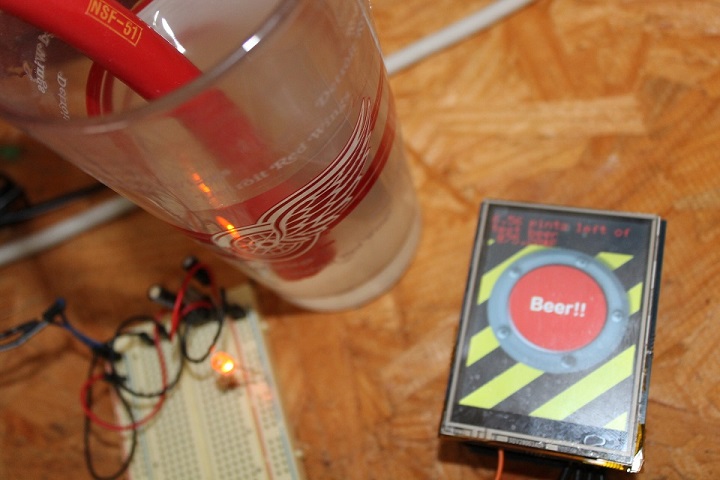The goal of this project is to provide a simple, cost-effective DIY solution to awesome kegs. Check out the images to get a feel for what it can actually do. If you want to build this yourself, I’ve open sourced the code on GitHub and will provide a parts list and tutorial.
I started this after completing my Kegerator, and saw how popular the Arduino was getting. I follow a lot of gadget hacking sites, and saw a big post on the KegBot. This project is simply awesome, but I dislike the amount of overhead needed. The KegBot is A) Expensive and B) Requires parts you may not want/have. After this, I decided, why not use an Arduino with just a few components? Thus my idea was born. After some time and setbacks such as shipping delays and the amount of time to get up to speed on the Arduino itself, it’s finally finished!


















